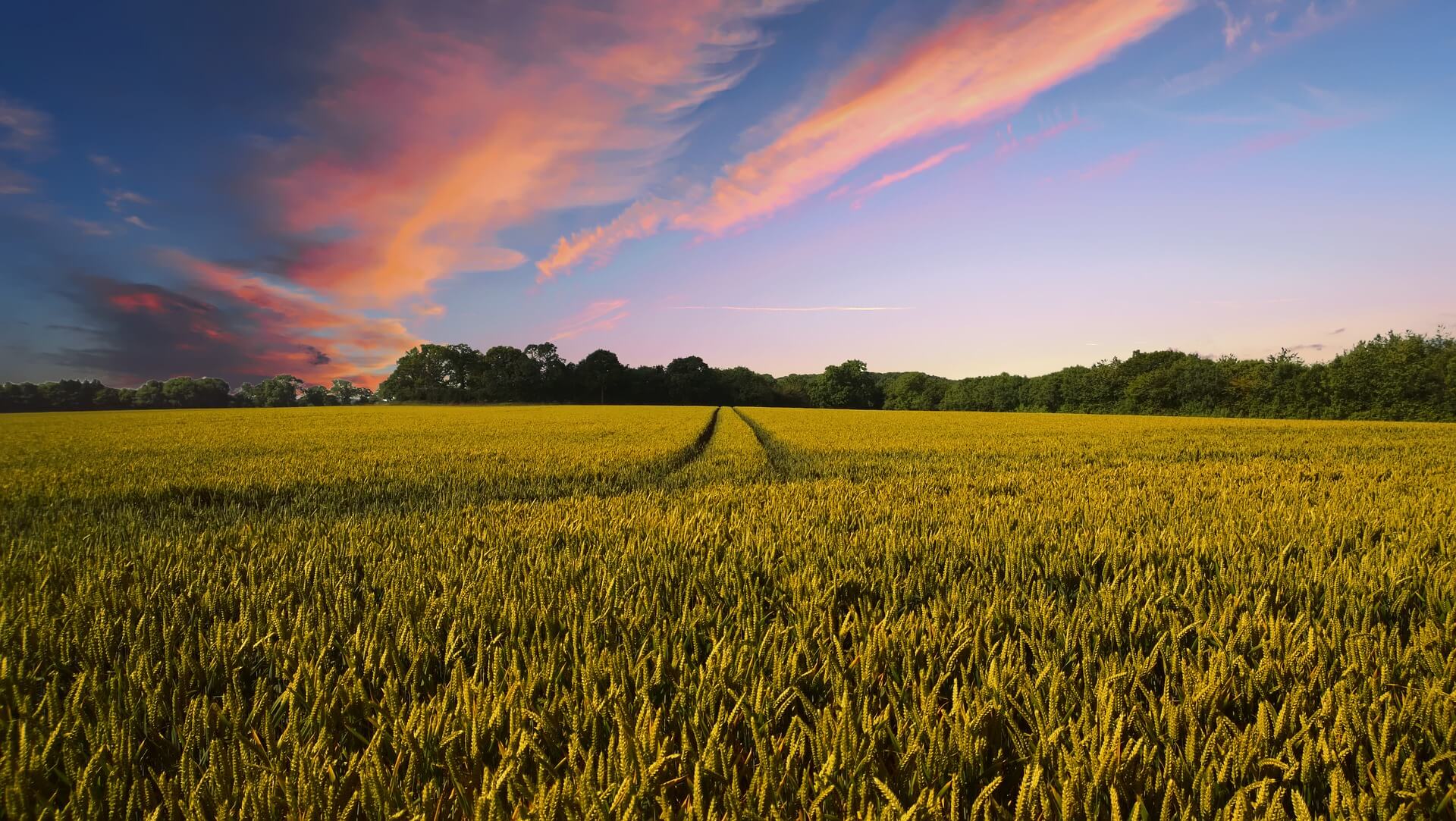Flaming June, so often a damp squib, seems to be living up to its name this year. This is the time of long evenings, Wimbledon, Ascot, Henley, strawberries and cream and haymaking. Not that the last is so important these days with silage and haylage having largely superseded traditional haymaking.
The weather is critical at this stage of crop growth. Yes, there needs to be moisture but cereals need warm sunshine now more than rainfall. But a very dry spring brought fears of drought before a wet May came at the right time to moisten parched soils. Looking back over the years, May is often a dry month with occasional warm sunny spells followed by a disappointingly cool damp June. But cereal crops prefer the opposite and the best yields come after a damp May.
The mild autumn allowed extensive planting although many farmers are changing their rotations in an attempt to control blackgrass. The area of winter barley and wheat are estimated to be a little higher than last year whilst, after years of severe decline, the area of oilseed rape may be greater too. A mild winter enabled crops to keep growing and most came through the winter well. January was exceptionally dry and, although February rainfall was above average, most came in the three named storms that swept the country one week. March and April were dry leading to cracked soils before the rains came in May.
Spring sown crops were struggling in dry seedbeds and grass was slow to grow but all was transformed in May. Early sown maize had just enough moisture to germinate but drought threatened further growth. Now it is established and beginning its growth spurt when it seems to shoot up overnight. Firs cut grass silage was delayed a week or two as crops bulked up after the rain and came off well. Regrowth is coming but may need more moisture.
Winter wheats drilled into poor seedbeds have some thin patches but otherwise crops are in good shape. There appears to be little disease pressure at this point as most farmers develop robust fungicide programmes to keep crops clean. One topical issue is how much nitrate fertiliser has been applied to crops considering the cost. Some farmers bought early when the price of ammonium nitrate was around £250 per tonne but those with less foresight or a lack of available cash flow may have been quoted £1,000 per tonne this spring.
There is an interesting move towards foliar feed. Nitrate has been applied in liquid form for many years but tended to scorch the leaves. Now additives have been included to stop that and, in any case, dose rates are lower. I was shocked to learn recently that a third of the nitrate applied is wasted, down from 40% fifty years ago. The cost has concentrated the mind and farmers are taking a more targeted approach. Early applications were in granular form but at a variable rate at a time when the crop can use it. Once there is sufficient leaf cover lower doses can be applied as a liquid, taken in directly by the leaves to avoid wastage. With costs that high, it is essential to ensure the greatest return.
Oilseed rape crops that survived flea beetle attack look well, but yield will depend on the number and weight of the seeds. Since the banning of neonicotinoid insecticides, farmers and agronomists have sought ways to minimise flea beetle damage and the work is beginning to pay off. With prices at close to £750 per tonne, many farmers calculate that growing the crop is well worth the gamble, despite the high cost. Others are turning to pulses which, as legumes that fix nitrogen, are much cheaper to grow. Mostly winter and spring beans with a limited acreage of peas, they look in good shape and will help to build fertility. Worth over £300 per tonne, 50% higher than last year, they should be profitable too.
Prices are exceptionally volatile in the current climate with wheat, for example, worth around £285 per tonne a fortnight ago, down £20 on the previous week. However, new crop is at much the same price when, in most years, it drops away as combines roll.
As I write this, a week in advance, with the hot sun beating down on the garden beyond my window, it is hard not to be optimistic. Yet, as George II observed, a British summer is three fine days and a thunder storm and rain is forecast over the weekend. Thereafter it is predicted to become fine again, albeit without the heat. With fair weather and a following wind, barring disasters, crops could yield very well this year. It will not be a record harvest overall because so much land has been taken out of production for ‘rewilding’ but, with high prices, it should be profitable.

